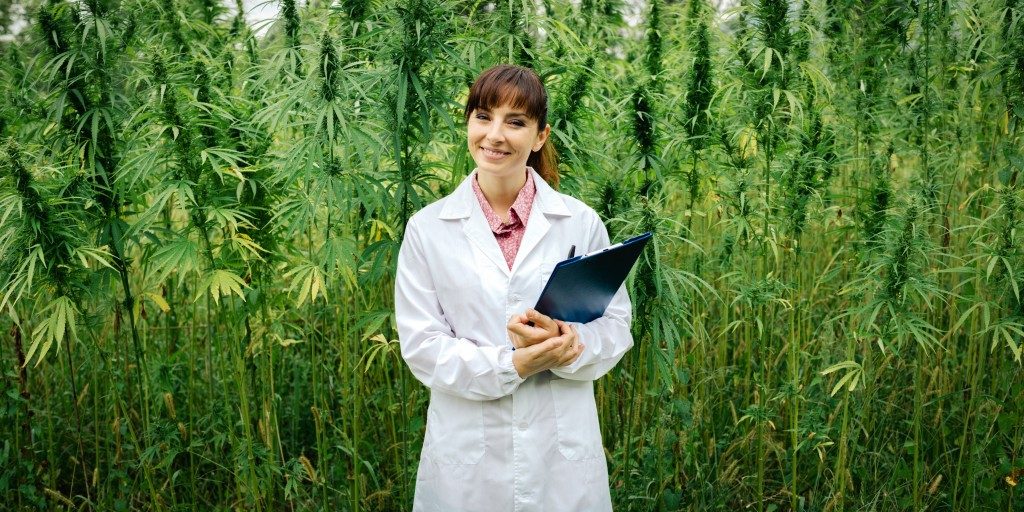You might have heard about the Internet of Things (IoT). In case you haven’t, it is one of the emerging topics in the technology field this decade. It is one of the telecommunications solutions for business that different industries are seeking to adopt. The IoT can be defined as a big network of people, objects, and digital devices, with each component of the system having a unique identifier. The goal is to ensure that the elements of the network can share data and make decisions without human intervention. Though IoT sounds like a technological jargon, it has the potential to revolutionize agriculture. This guide discusses IoT as a telecommunications solution for agricultural businesses.
The need for IoT in agriculture
Many factors affect the farmer’s returns in agribusiness. For example, the farmer will have to decide what and when to plant, the type of nutrients the soil lacks, and the amount of fertilizer to apply. Currently, most farmers base such decisions on rough data and experience.
The farmers will get higher returns if they base their decisions on accurate data. Digital sensors can be used to collect external data such as weather patterns and internal data such as the number of nutrients in the soil with a higher degree of accuracy. Furthermore, Artificial Intelligence (AI) can be used to analyze the collected data quickly and give recommendations. With that, farmers will get real-time feedback on the implication of different farming approaches.
That is just one example of how IoT can be applied in agriculture; it can also be used in production, marketing, and identifying new business opportunities.
Elements of IoT agricultural systems

The application of the Internet of Things in agriculture involves different components. Below are subsystems of a hypothetical IoT agricultural system and their roles.
A real-time data collection system
This system uses digital collection devices to harvest big data on weather patterns, soil characteristics, and plant behavior. Examples of digital data collection devices that could be used are satellites, sensors, and Geographical Information Systems (GIS).
Central database
Once the data is collected, it is transmitted to a central database that can be accessed by different stakeholders. The database also stores processed data. The goal is to have a database that has agricultural scientific data, such as the soil and water composition in different areas, as well as the social factors affecting agriculture in different regions. With that, stakeholders can make informed agricultural policies and investment decisions.
A central data processing system
The data collected is raw and it needs to be analyzed to be useful. In addition, the data is voluminous; it is difficult for humans to analyze. The central data processing systems leverage emerging technologies such as AI to analyze the collected data, draw conclusions, and send the information to other subsystems.
Digitized agricultural machines
By leveraging technologies such as Global Positioning Systems (GPS) and Geographical Information Systems (GIS), the data processing system can control agricultural machines. The movement of information from the data collection systems to the agricultural machinery can happen within seconds and without any human input.
For now, IoT is still in the initial stages of implementation in many industries, so it will take time before it is fully rolled out in the agriculture sector. Nevertheless, the future looks bright for farmers and consumers alike.




